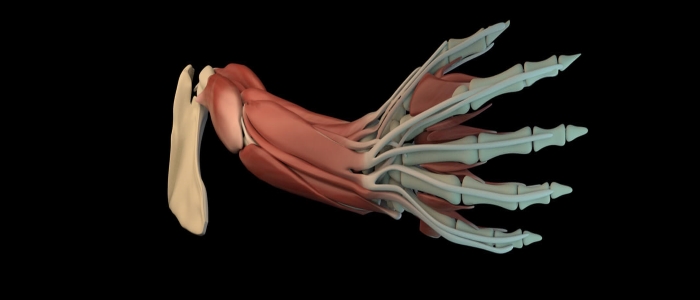What is medical animation, for whom is it created, and what are the different types?
23rd Aug 2021, author: dreamengineanimationstudiomumbai

What is medical animation?
Medical animation is a brief tutorial created with 3D computer graphics to demonstrate a physiologic or surgery-related issue. Medical animation is most commonly used as an instructional approach for medical students, medical practitioners, or their patients, while it may be meant for a variety of audiences. The easiest approach to explain complex medical science subjects simply and clearly is through animated film.
The medical animation sector now generates $15 billion in revenue. In the United States, the healthcare business has been rapidly expanding, and medical animation has proven to be an important part of healthcare marketing. Let’s have a look at whom medical animations are made for and what types of animations are available.
Who Are Medical Animations Created for?
While medical animation began as a tool for doctors to connect and learn from one another, today’s medical animation appeals to a far broader audience than simply doctors. Depending on the style of animation, medical animations are now developed for a wide range of people.
Medical animations are created for:
- Consumer
- Patients
- Medical students
- Healthcare Professionals
- Students
- Pharmaceutical Professionals
- The General Public
- Investors
Let’s take a look at the eight primary forms of medical animation and the aims for which they are developed.
Different Types of Medical Animation?
- Simulation Medical Animation
Medical animation can give a virtual experience to budding doctors wishing to learn surgical techniques or just fundamental anatomical processes due to a scarcity of both cadavers and patients to practice on. Indeed, employing an animation rather than a cadaver has several benefits, as it can perfectly demonstrate the processes in a living organism in a way that cadavers would fail to. These simulations may or may not be interactive.
- Surgical Planning and Training:
Medical animation will be used by experienced surgeons to improve their surgical abilities and to plan for upcoming surgeries. In these cases, interactive animation, such as virtual reality (VR) or augmented reality (AR), is most typically used (AR).
- Forensic Reconstruction:
One more professional medical application of animation is in the realm of forensics, which may employ an MRI-assisted ‘virutopsy’ or autopsy. When the remnants are too damaged to perform a traditional autopsy, this method would be utilized. In court, medical animations have been utilized to reconstruct injuries.
- Education of patients :
One of several greatest expanding parts of medical animation is patient education. It’s an animation that illustrates a surgical technique or a pharmacological mechanism of action in an easy-to-understand manner. These are commonly found at doctor’s offices and on hospital websites. They’re also frequently seen on TV during advertisements and, more recently, on social media sites. These medical animations for patient education have begun to be utilized in hospitals to obtain consent forms, and some research has indicated that their use can minimize the number of unnecessary surgeries.
- Mechanism of Action in Pharmaceuticals:
Pharmaceutical Mechanism of Action: These medical animations, which are frequently developed by pharmaceutical corporations, help to demonstrate how a particular prescription drug works. They are rarely drawn to size, and cellular structures and interactions are rarely depicted correctly. They frequently try to convey the encounter as clearly as possible. These animations could be used for marketing, patient education, or doctor education, or all three.
- Animation at the Molecular and Cellular Levels:
Medical animation is frequently used to show actions that take place in the body at a scale that is too tiny to see with the naked eye. Cellular animation refers to visualizations of activities that can only be seen under a microscope, such as DNA transcription or pathogen-white blood cell interactions. This can be done an old-fashioned manner or by using polygonal 3D surface creation to construct it directly from microscopic views. However, molecular animation includes events and interactions that take place at the molecular level but are too tiny to be seen clearly even with a microscope.
- Instructions for Emergency Care:
Medical animations may assist people to administer CPR in emergency settings, according to some reports. It can give a better experience to people that could help them understand the symptoms and that could help them to react accordingly during an emergency.
- Learning that is interactive:
Medical simulators will also make it possible for both professionals and amateurs to learn how to offer healthcare. This is especially important in areas where doctors and medical facilities are few.
Closing
Medical animation is drastically changing medical scenarios and helping them to reach heights of glory as it has infinite benefits. Read this blog by Dream Engine Animation Studio, Mumbai to learn how medical animation impacts the medical industry.
If you are looking for an animation company to create such animation and get a better experience in the medical industry, waste no time and contact us.